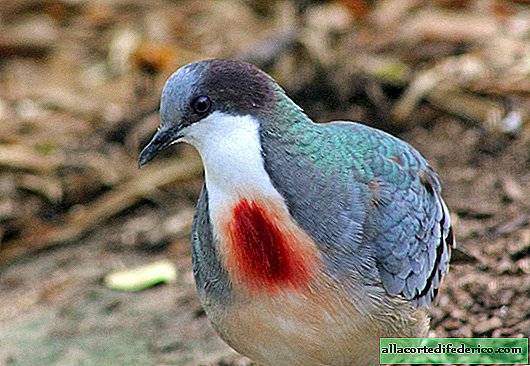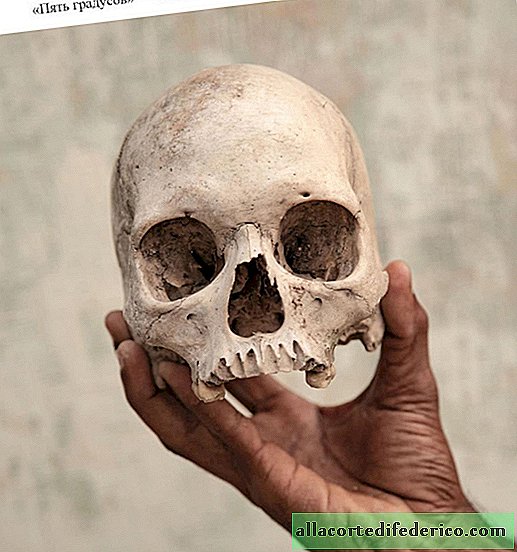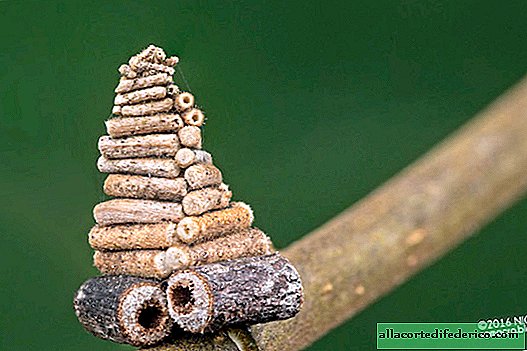The riddle of evolution: why nature awarded pigeons "blood stains"
The plumage of the plumage of this strange bird from the Philippine island of Luzon amazes everyone without exception. The fact is that on the chest of the Luzon blood-breasted chicken pigeon there is a red scar, which very plausibly imitates a bleeding wound. Moreover, the color intensity of the feathers changes from top to bottom, as if depicting flowing blood, which only enhances the already terrible impression. But do not panic, because in fact they are absolutely healthy, and upon closer examination it turns out that this is just a joke of nature. That's just why evolution has rewarded these chicken pigeons with such a strange outfit, it still remains a mystery.

Except for the red spot on the chest, the Luzon blood-breasted chicken pigeon is very similar to ordinary pigeons that live in our latitudes. Interestingly, sexual dimorphism in this species of pigeons is not expressed, therefore both females and males have an original spot. The bird is endemic to the island of Luzon, and is also rarely found on adjacent islands. Unfortunately, due to the specific color and illegal catch, the number of this species is everywhere declining.

The Luzon Pigeon is a rather cautious and secretive animal. Nevertheless, ornithologists managed to find out something about the features of their behavior in nature. It turns out that these birds have very specific relationships with their chicks. Eggs, and there are usually two of them in the nest, both parents incubate alternately. Both male and female are also concerned about the offspring and their food. The first flight of young chicks from the nest occurs after 2 weeks, and by 3 months they, as a rule, already leave their parental home. According to scientists, in some cases, the chicks do not want to live separately and linger in the nest. And here something strange happens: parents show extraordinary aggression towards their offspring, and their fights often lead to the death of offspring. In such a strange way, these birds stimulate the beginning of an independent life.

Scientists still can not figure out why these birds on their chest need scarlet feathers that mimic a bleeding wound. Among other representatives of the genus, such spots are not found. Despite the fact that in nature these birds cannot be seen so often, they live in many zoos in the world and breed well in captivity. And not so long ago in Australia, a special nursery for breeding these birds was created. Its organizers hope that the cultivation of unusual Luzon pigeons will reduce interest in them in the black bird market, which means that the island population can be stabilized.


















